Photos: Lockheed Martin’s LMH-1 hybrid airship
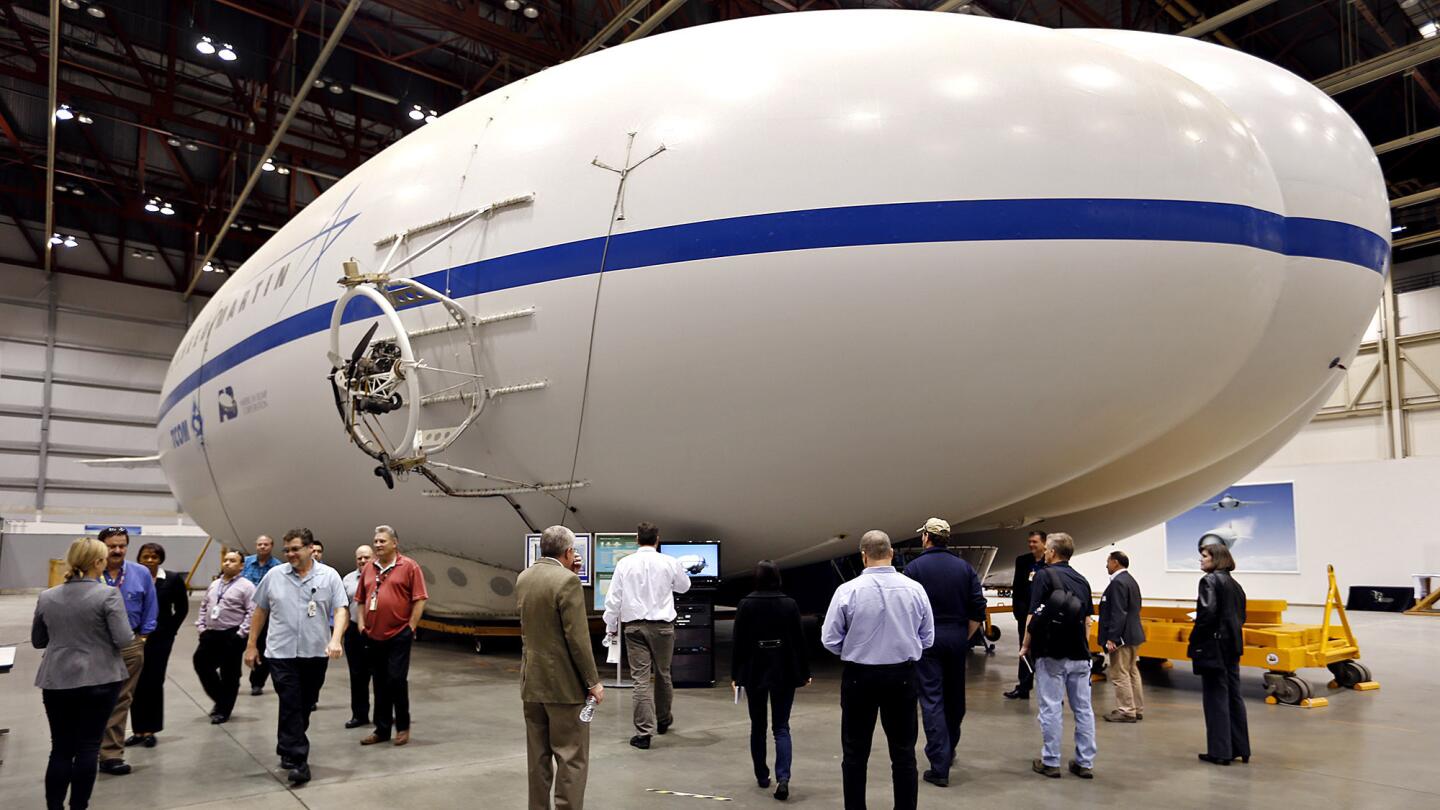
The LMH-1 airship is intended to carry truck-size loads to areas that are inaccessible to more traditional modes of transportation. Above, a prototype of the airship at a Skunk Works hangar in Palmdale.
(Al Seib / Los Angeles Times)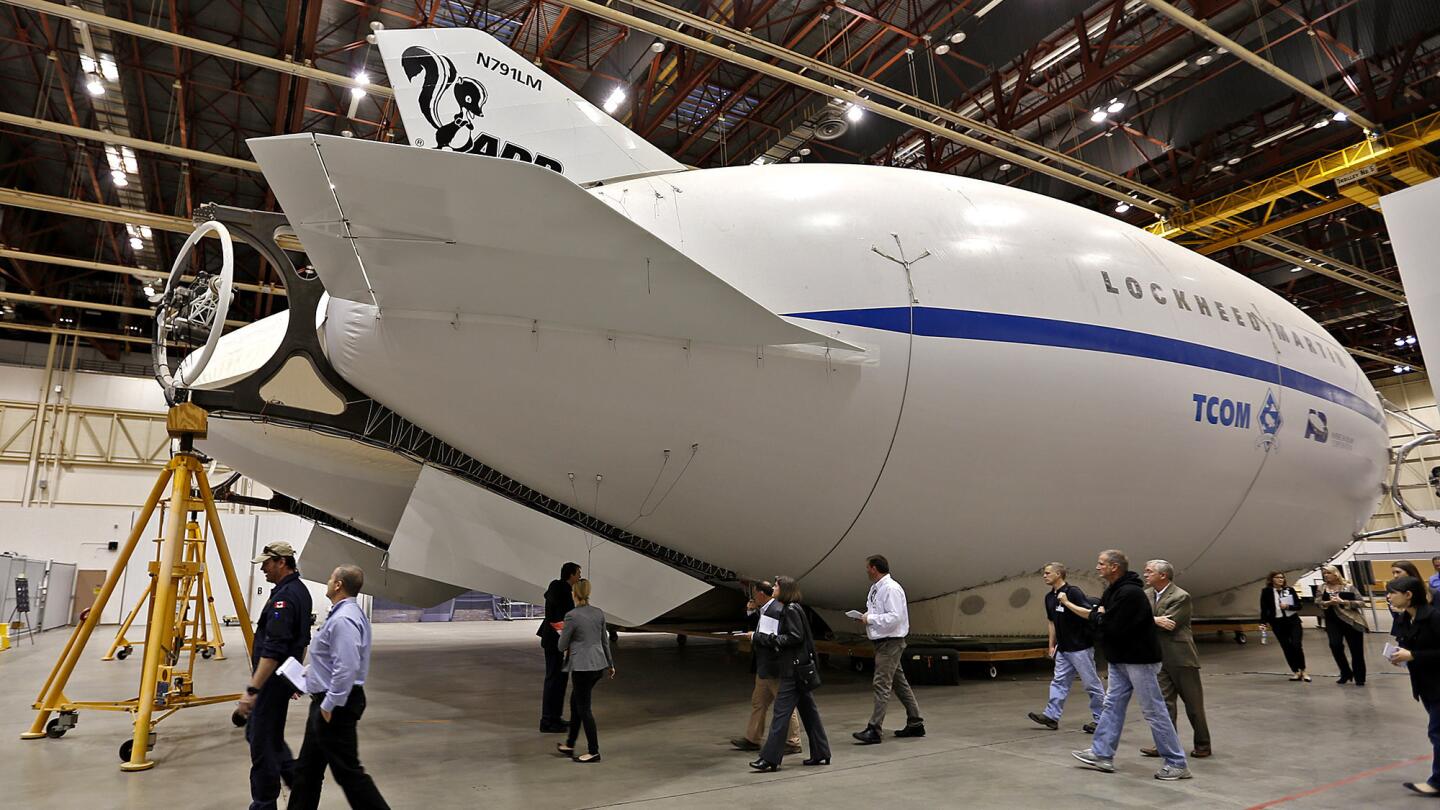
A prototype of the airship at a Skunk Works hangar in Palmdale.
(Al Seib / Los Angeles Times)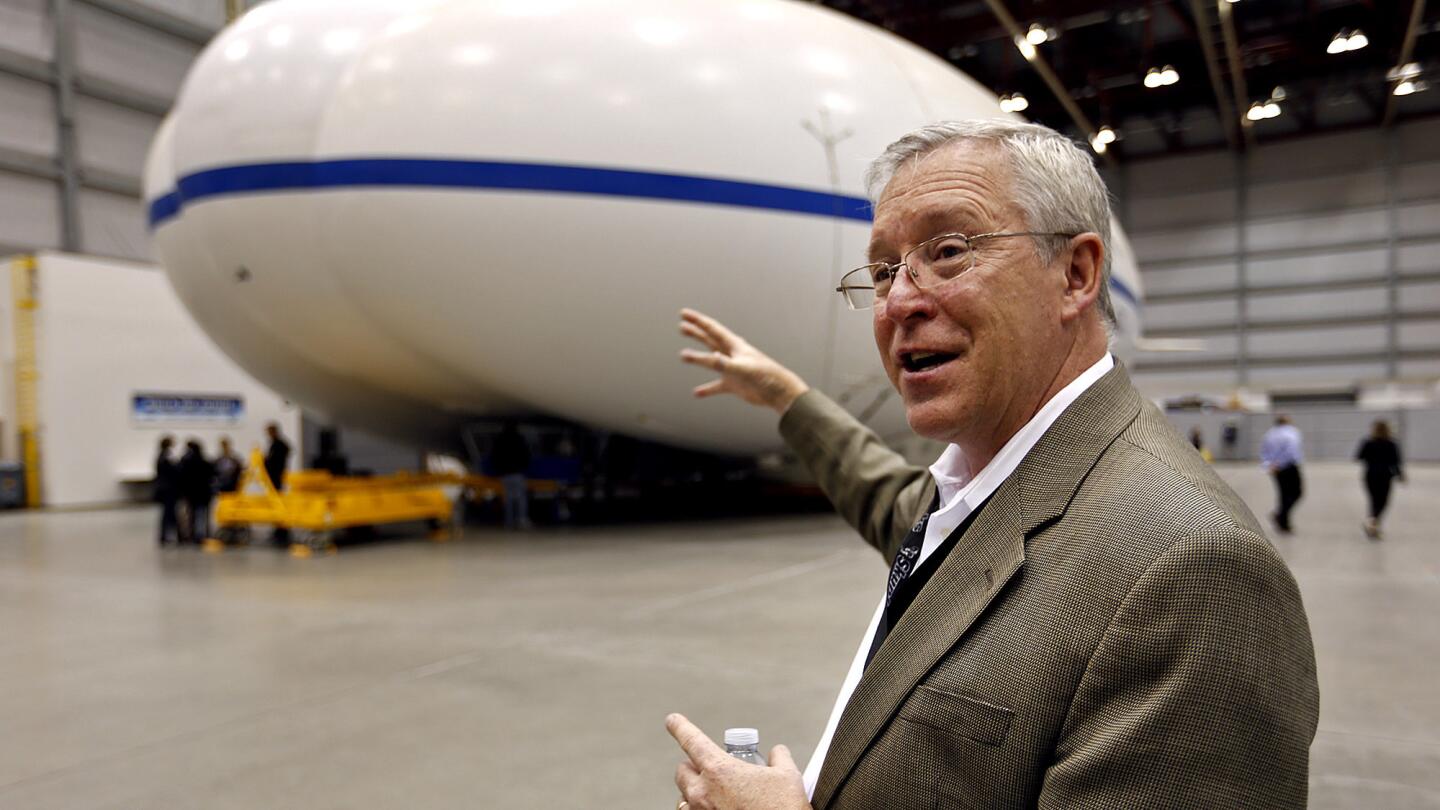
Lockheed’s Craig Johnston shows the company’s airship prototype.
(Al Seib / Los Angeles Times)
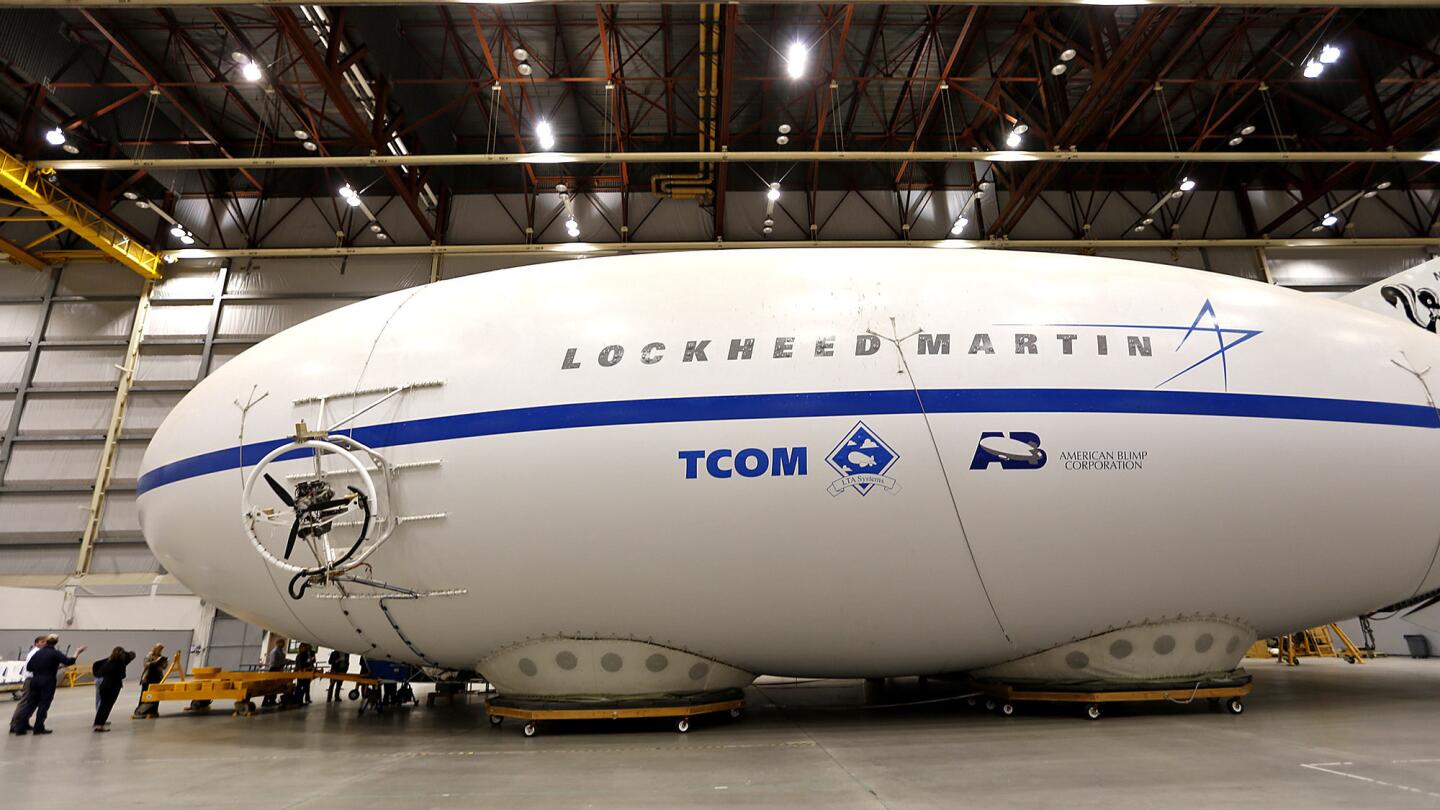
When fully built, the LMH-1 will be a 21 metric ton, 300-foot-long and 78-foot-tall airship that is intended to carry truck-size loads to areas that are inaccessible to more traditional modes of transportation. Above, a prototype.
(Al Seib / Los Angeles Times)Advertisement
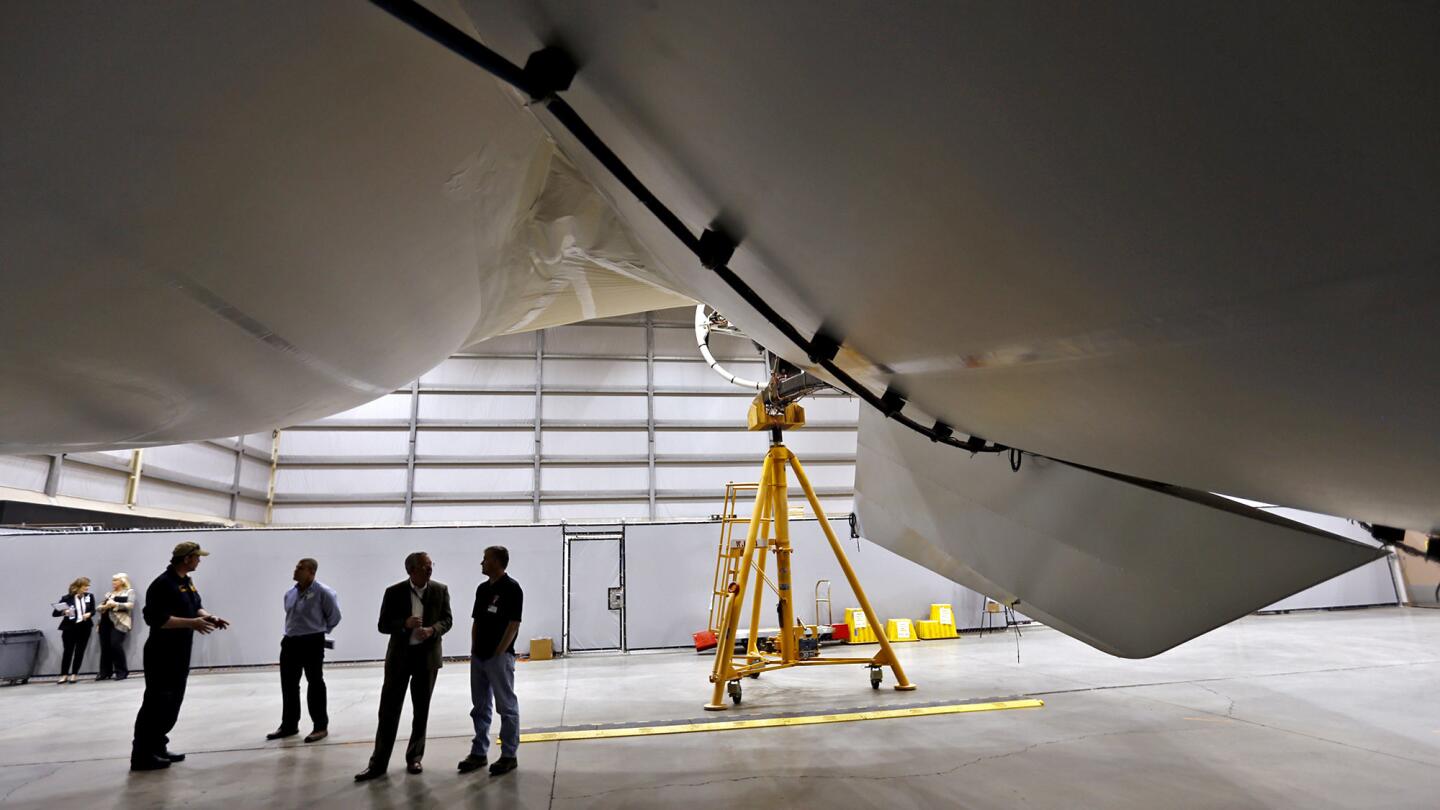
A view of the airship’s tail section.
(Al Seib / Los Angeles Times)
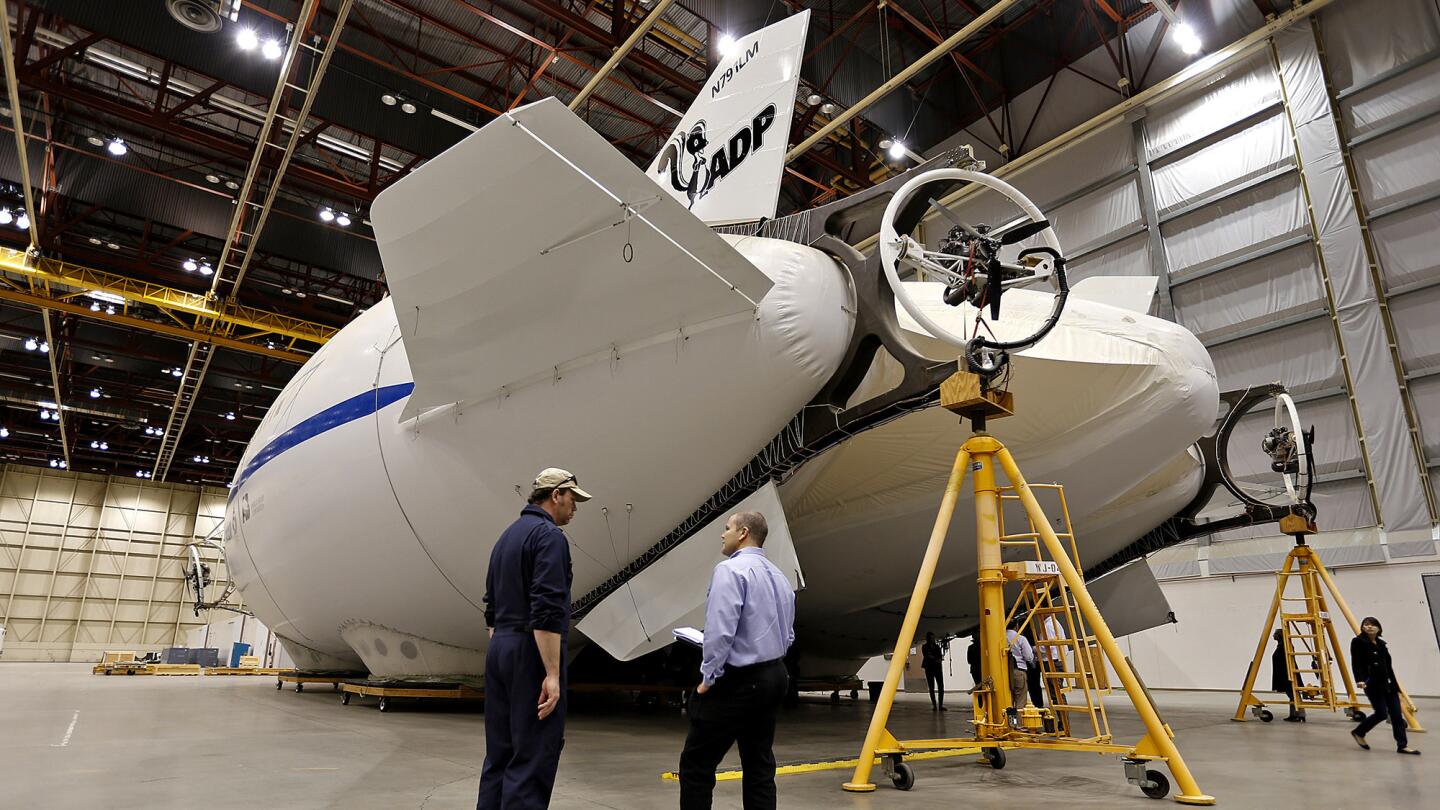
The full-size LMH-1 is expected to be in commercial service by the end of 2018. A single airship is expected to cost $40 million. Above, a prototype of the airship on display at a Skunk Works hangar in Palmdale.
(Al Seib / Los Angeles Times)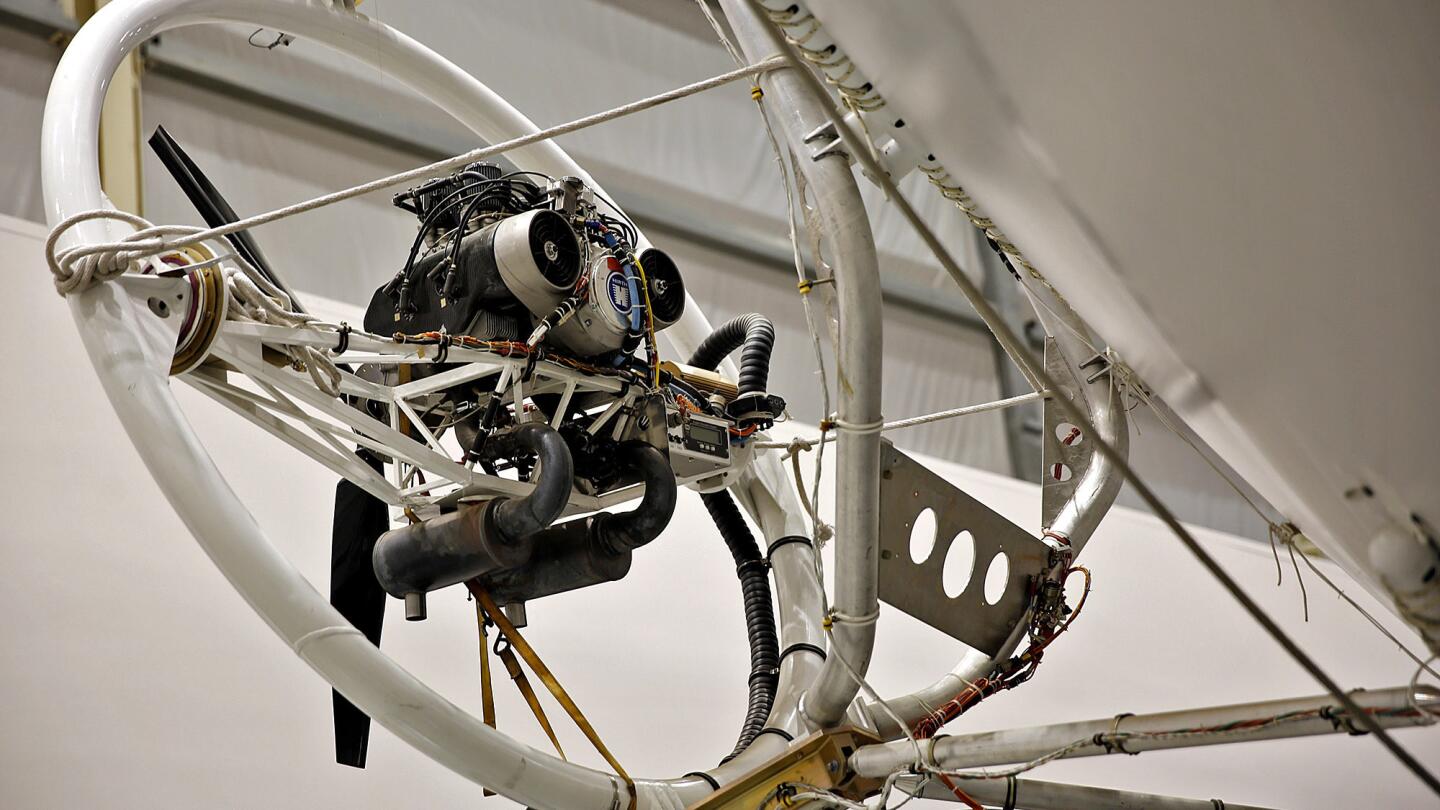
One of four, six-cylinder engines that are used on the airship.
(Al Seib / Los Angeles Times)
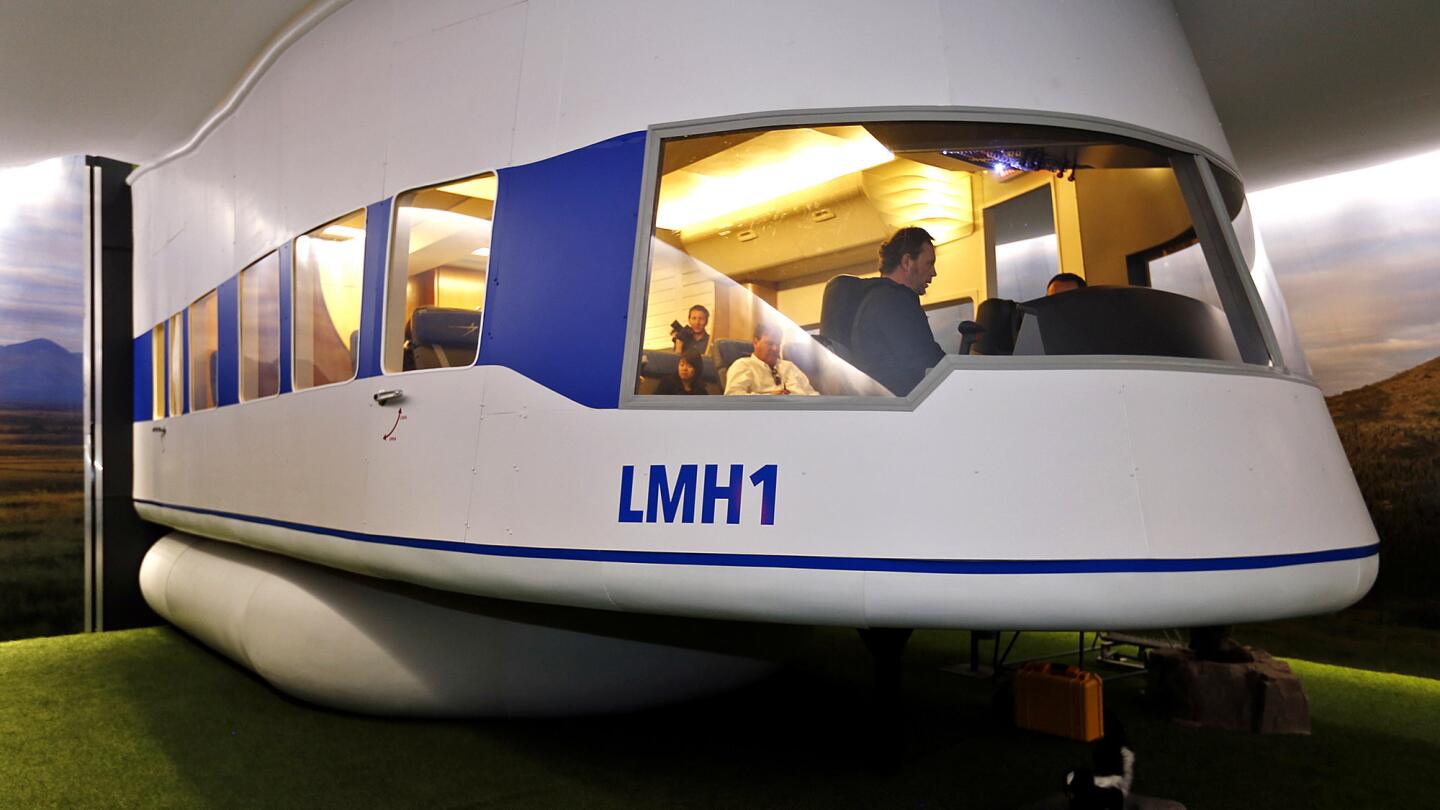
Exterior view of the airship’s gondola, which contains the cockpit, passenger and cargo comparments.
(Al Seib / Los Angeles Times)
Advertisement
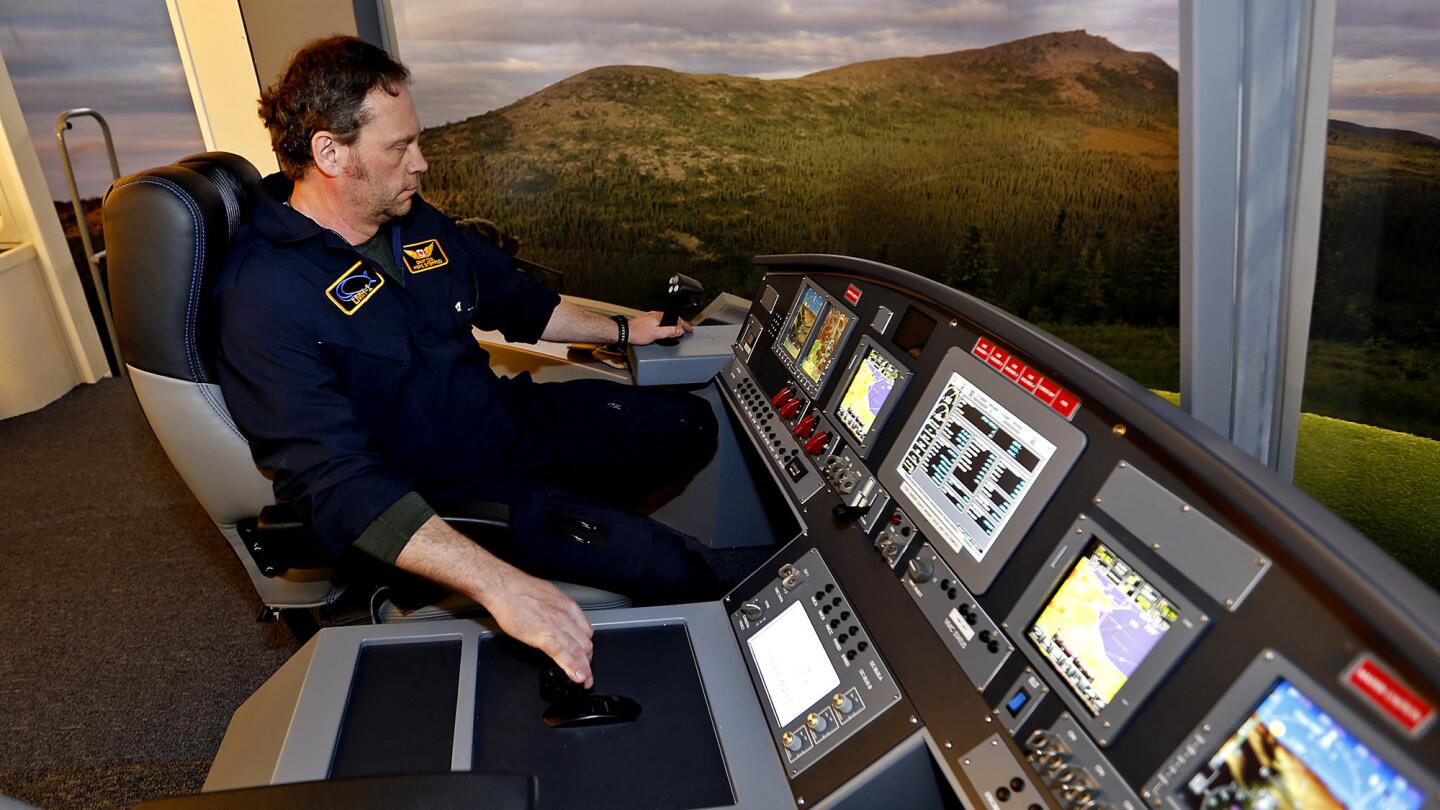
The LMH-1 could potentially be used in the oil and gas or mining industries, as well as for humanitarian relief, said Grant Cool, above, chief operating officer of Atlanta-based Hybrid Enterprises LLC, the hybrid airship’s exclusive reseller. Above, Cool shows the cockpit controls.
(Al Seib / Los Angeles Times)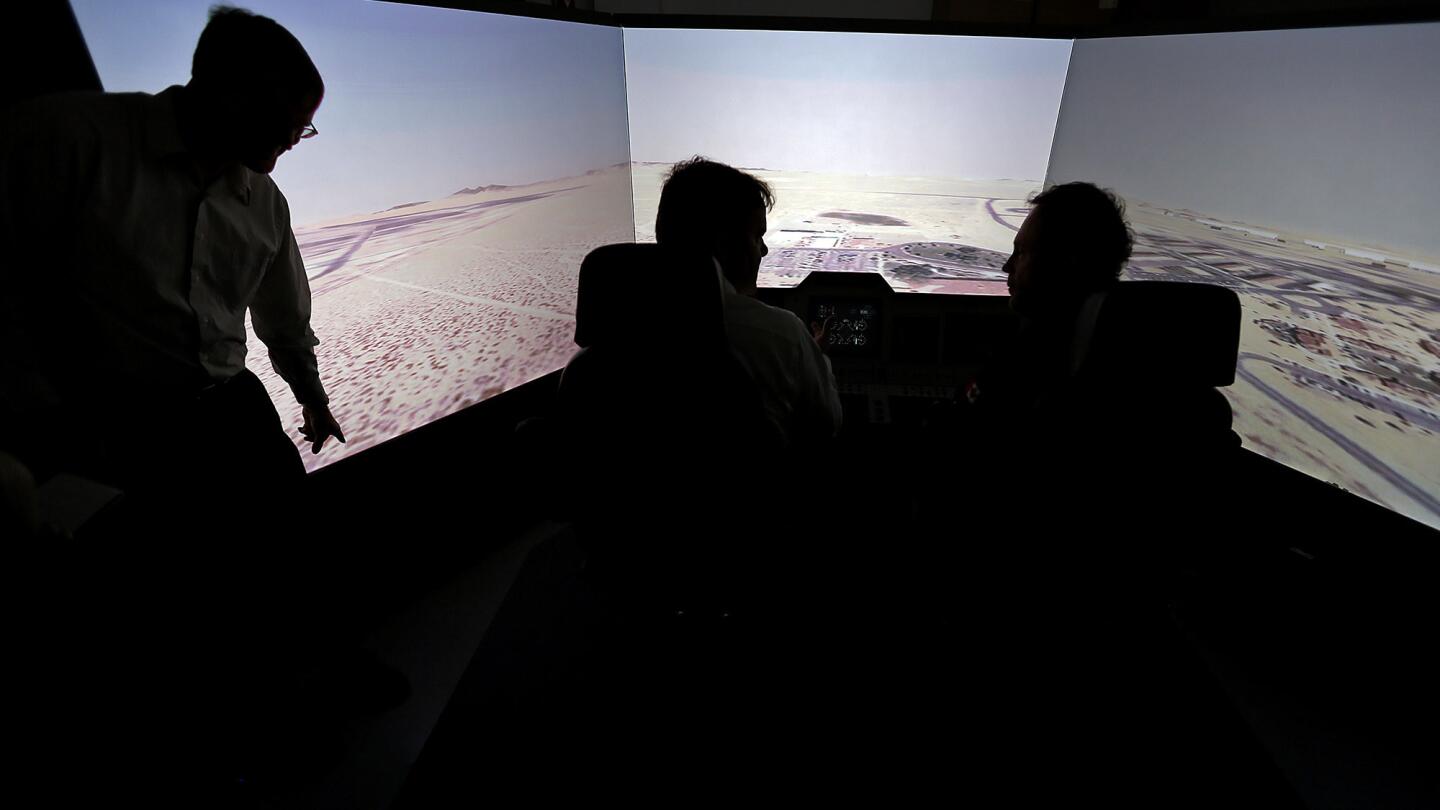
A Lockheed Martin hybrid airship flight simulator at Skunk Works in Palmdale.
(Al Seib / Los Angeles Times)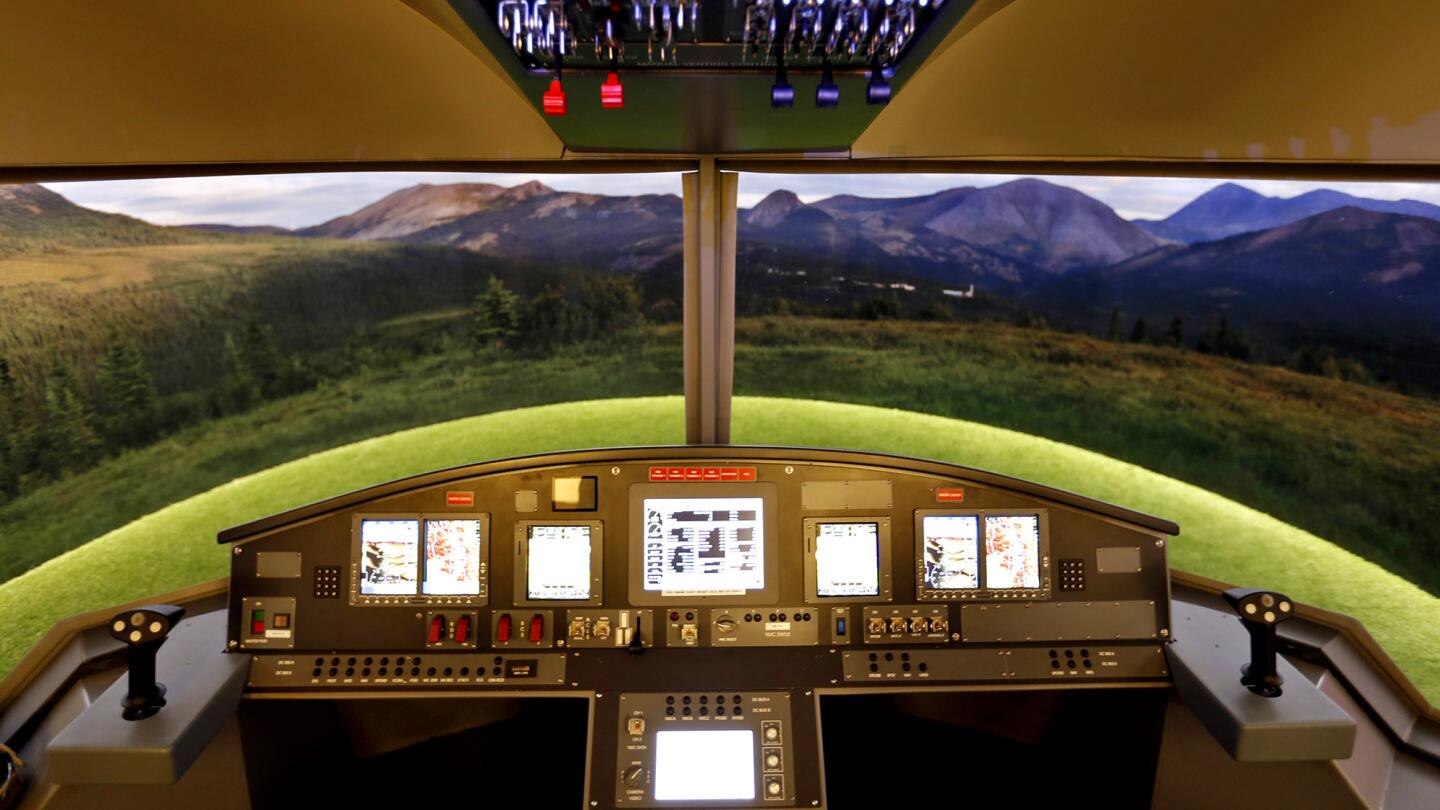
A view from the controls in the cockpit of the gondola.
(Al Seib / Los Angeles Times)
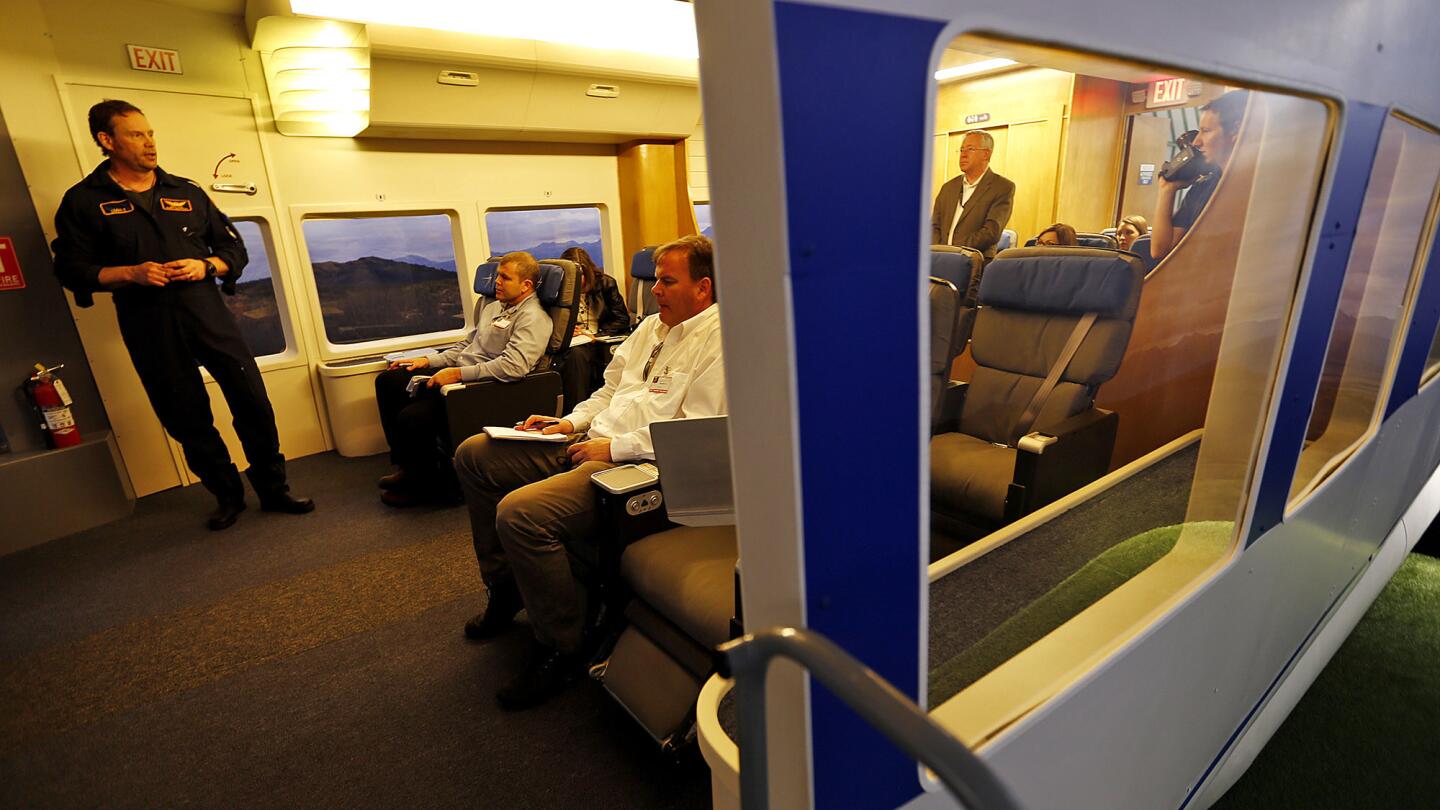
In a mock-up of the LMH-1’s 150-foot gondola, which includes the cockpit and cargo bay, 19 passengers sit in rows of two or three immediately behind two pilot chairs.
(Al Seib / Los Angeles Times)Advertisement
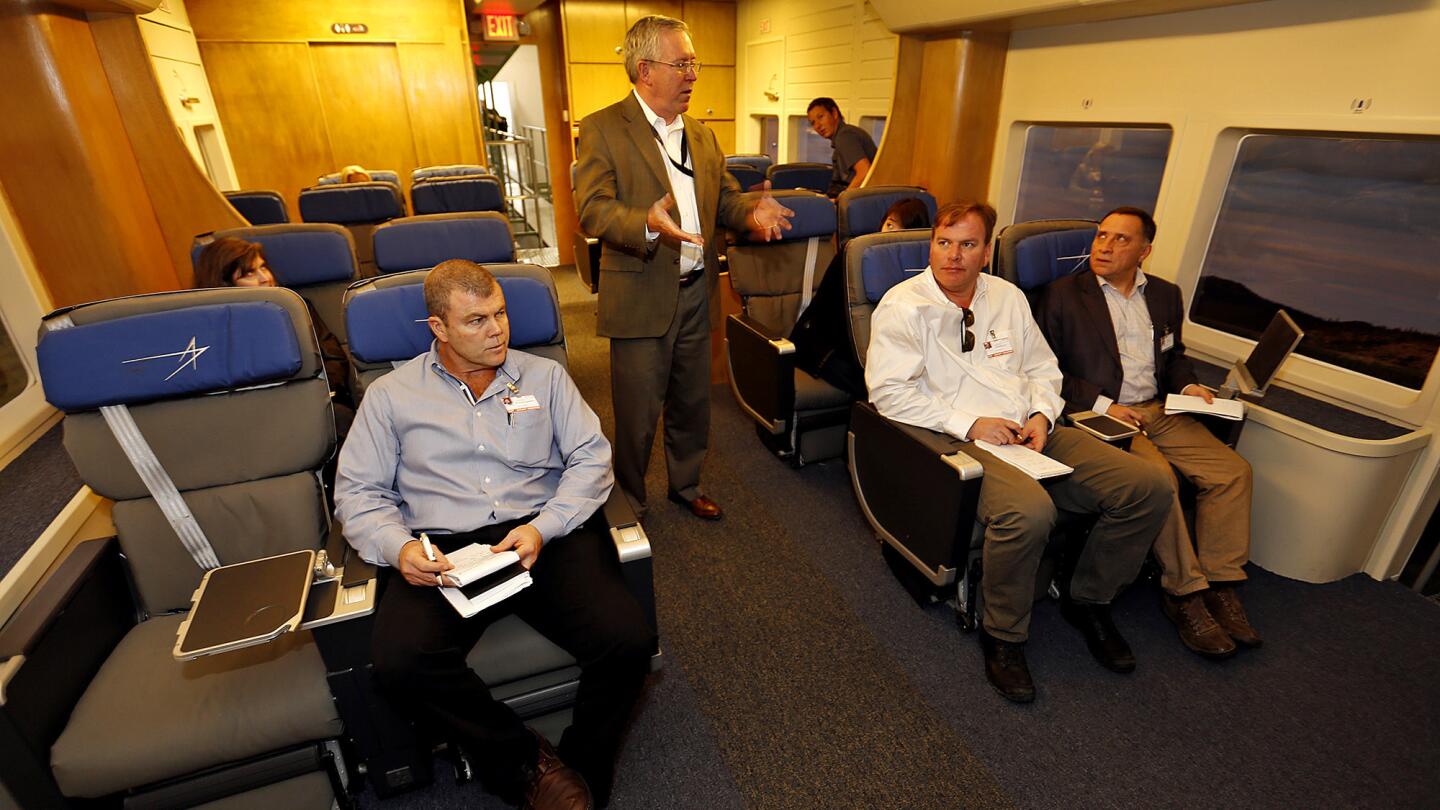
Lockheed Martin has said the airship will be able to carry up to 47,000 pounds, 19 passengers and burn less fuel than conventional aircraft.
(Al Seib / Los Angeles Times)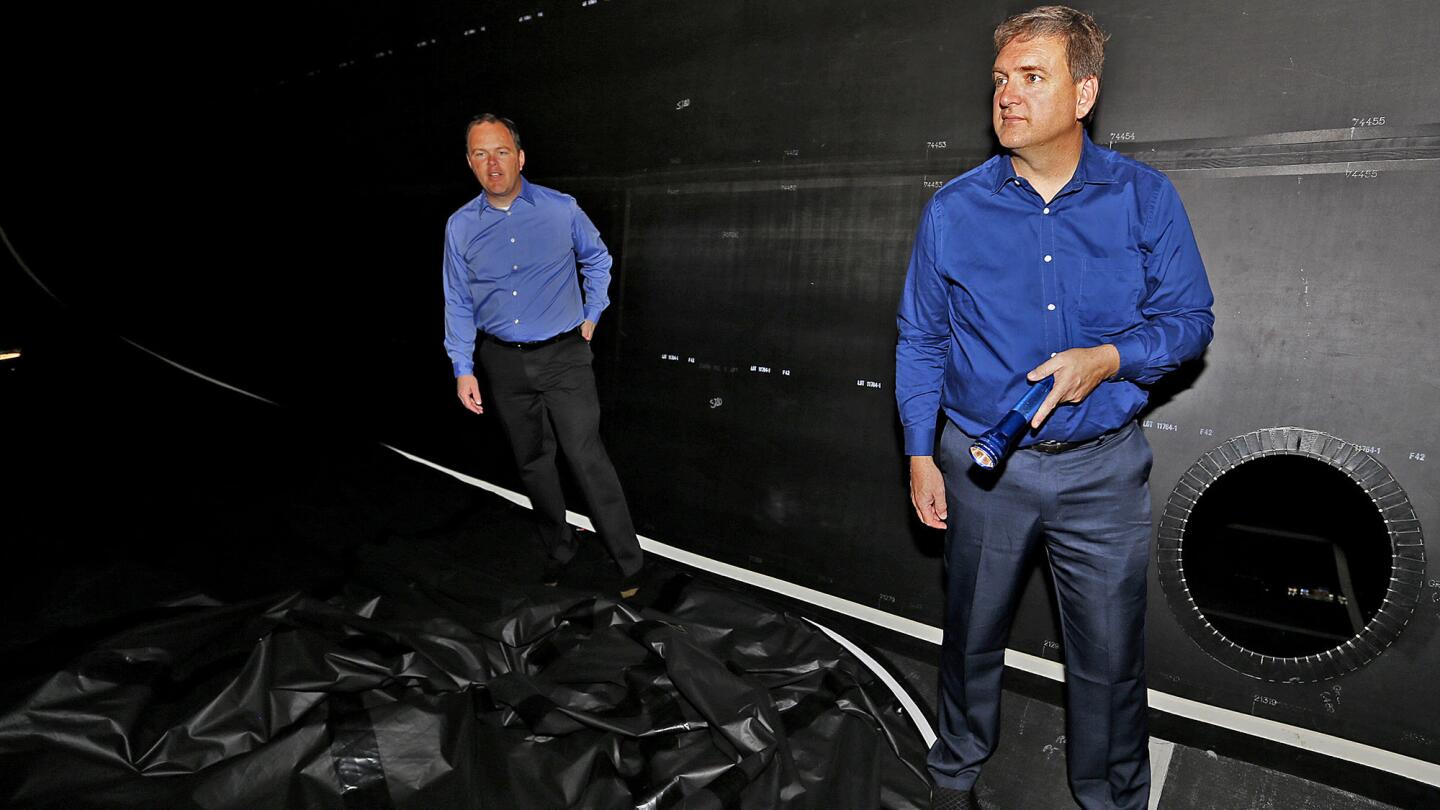
Chief engineer John Morehead, left, and program manager Dr. Bob Boyd tour the interior of the airship’s inflatable envelope.
(Al Seib / Los Angeles Times)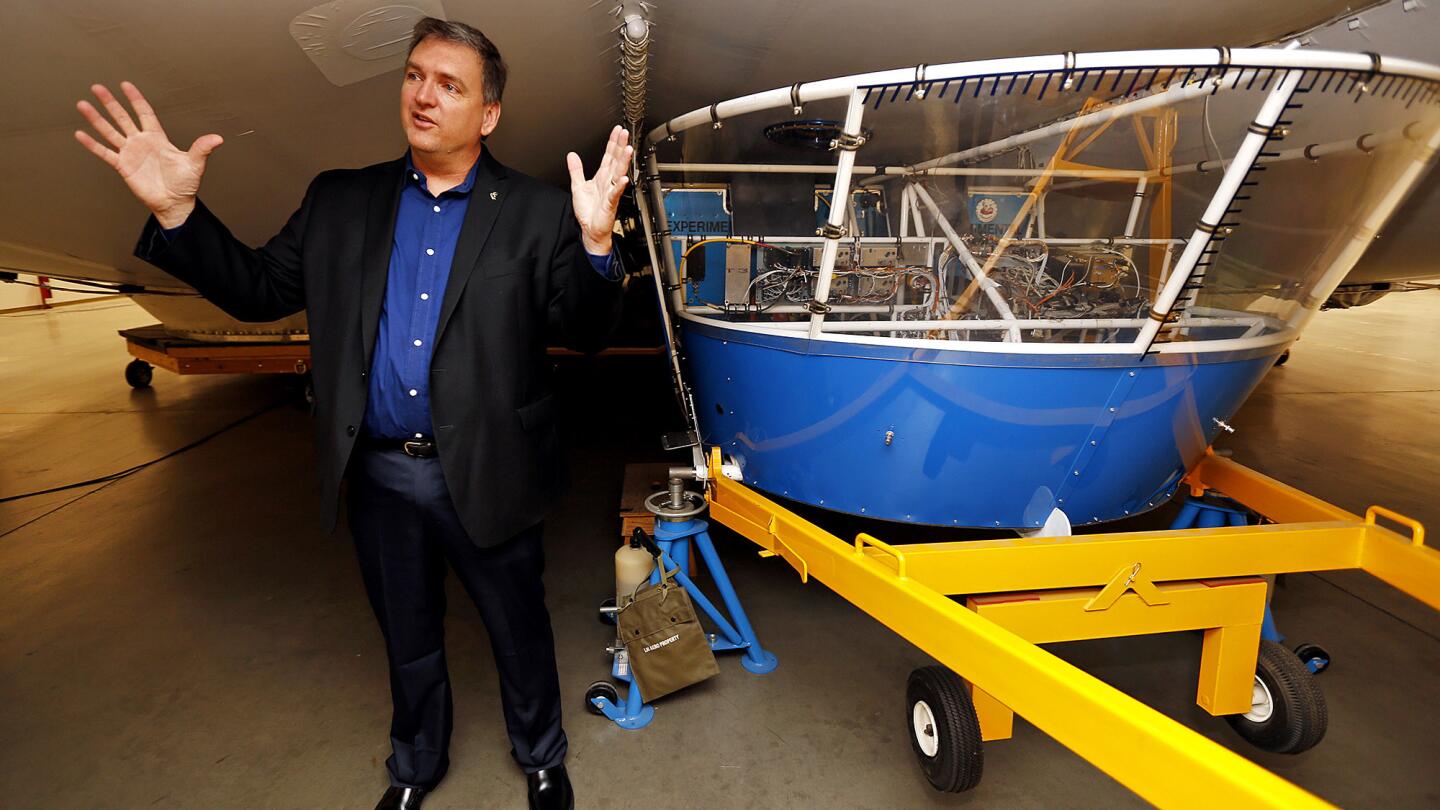
Dr. Bob Boyd of Lockheed Martin explains aerodynamics while standing next to the small cockpit of the airship.
(Al Seib / Los Angeles Times)
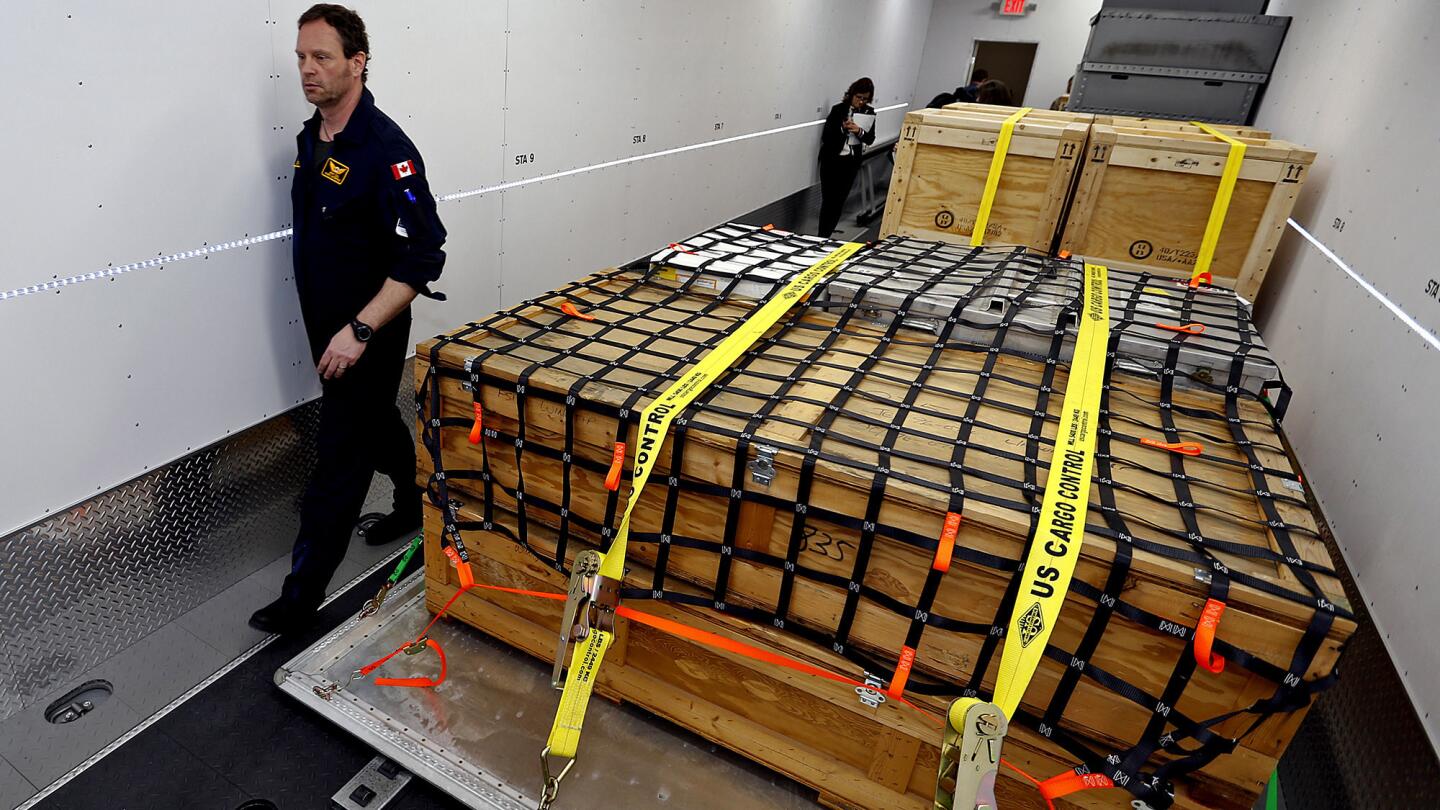
A square-shaped cargo bay in the back of the cockpit was specifically designed with loading in mind.
(Al Seib / Los Angeles Times)Advertisement
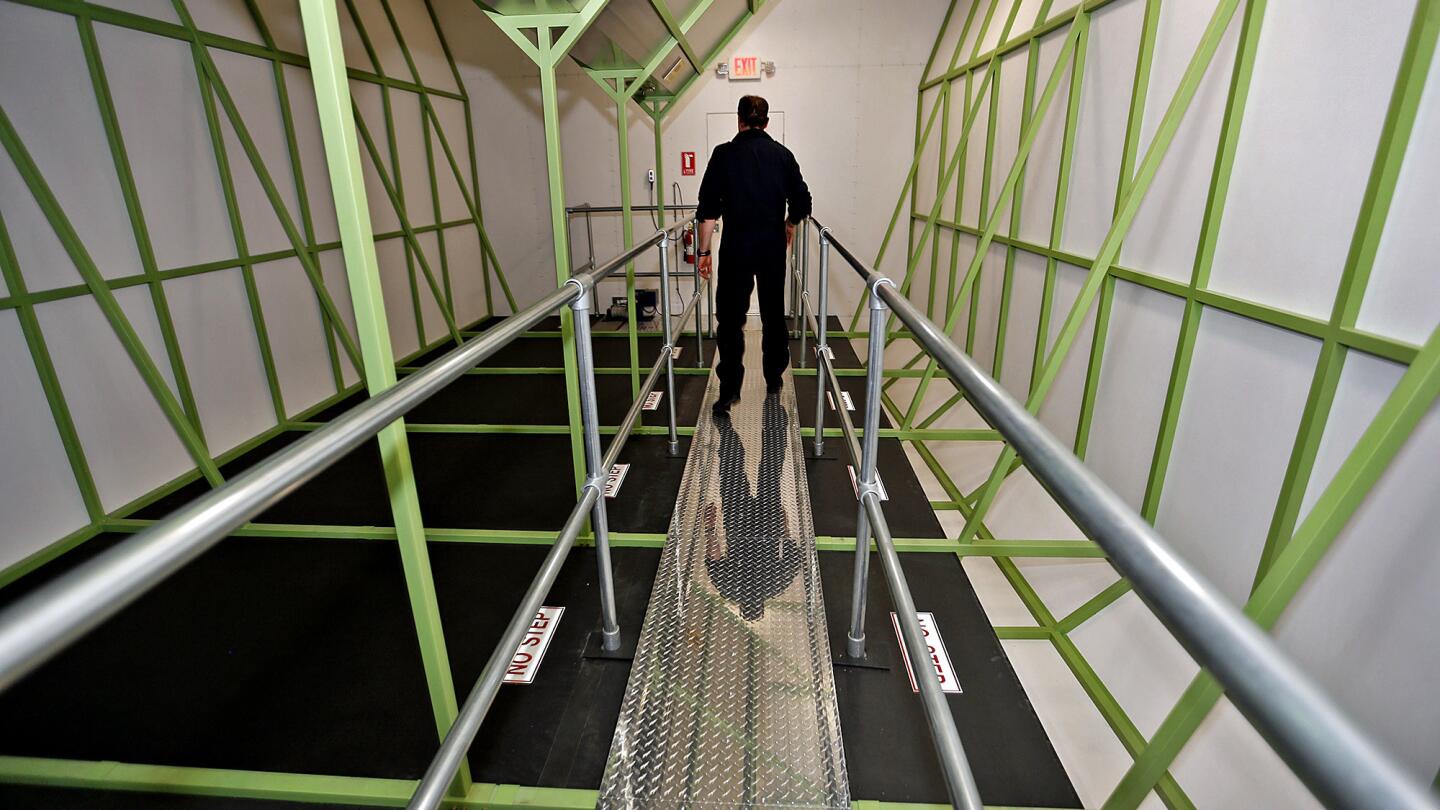
The airship is the result of more than 20 years’ worth of research. In 2006, the company flew the P-791, the one-third size prototype currently in the Skunk Works hangar, over its facilities in Palmdale and completed all of its in-flight test objectives. Above, part of the cockpit, passenger and cargo configuration.
(Al Seib / Los Angeles Times)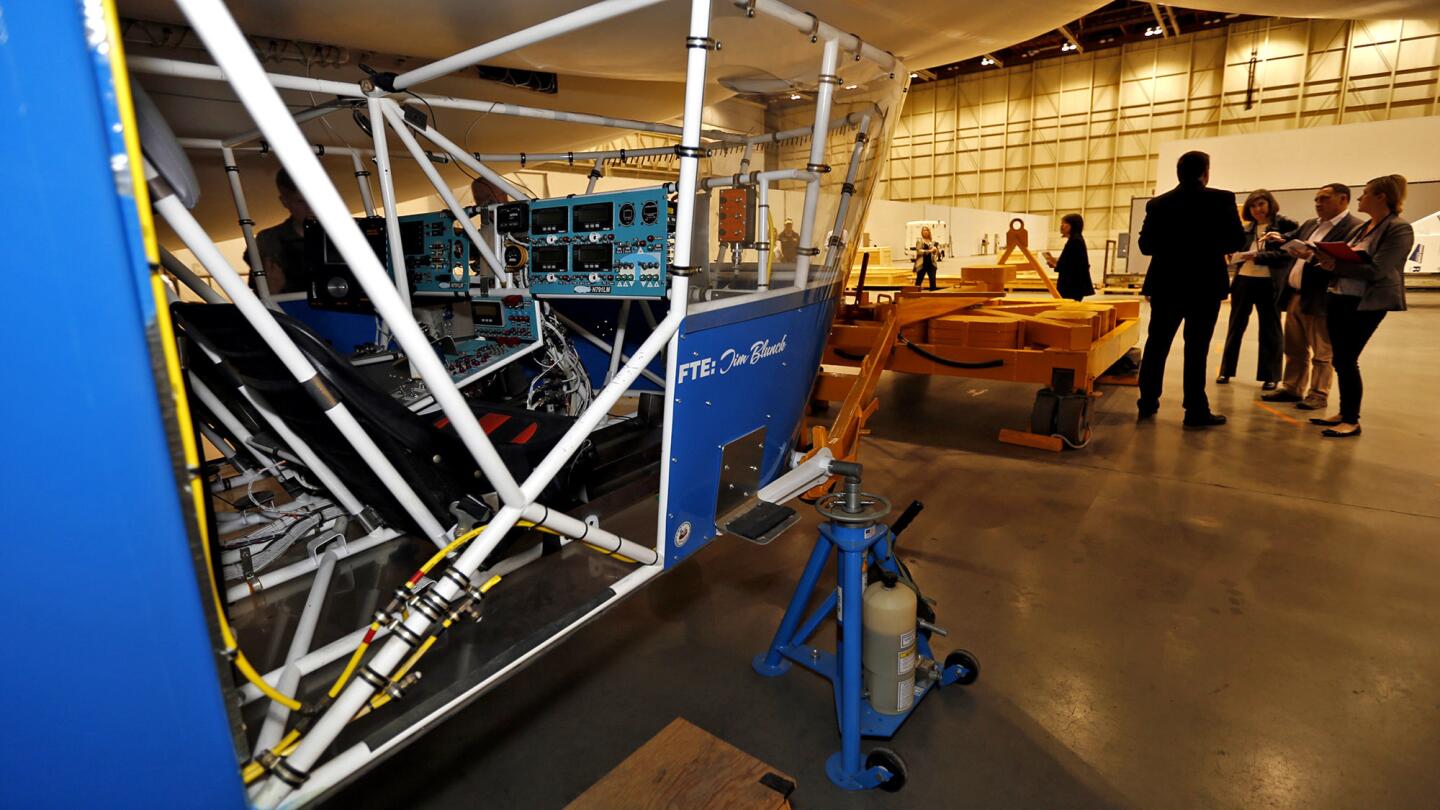
Lockheed Martin’s hybrid airship prototype one-third scale of a 21-metric-ton airship that will soon be available for customer orders.
(Al Seib / Los Angeles Times)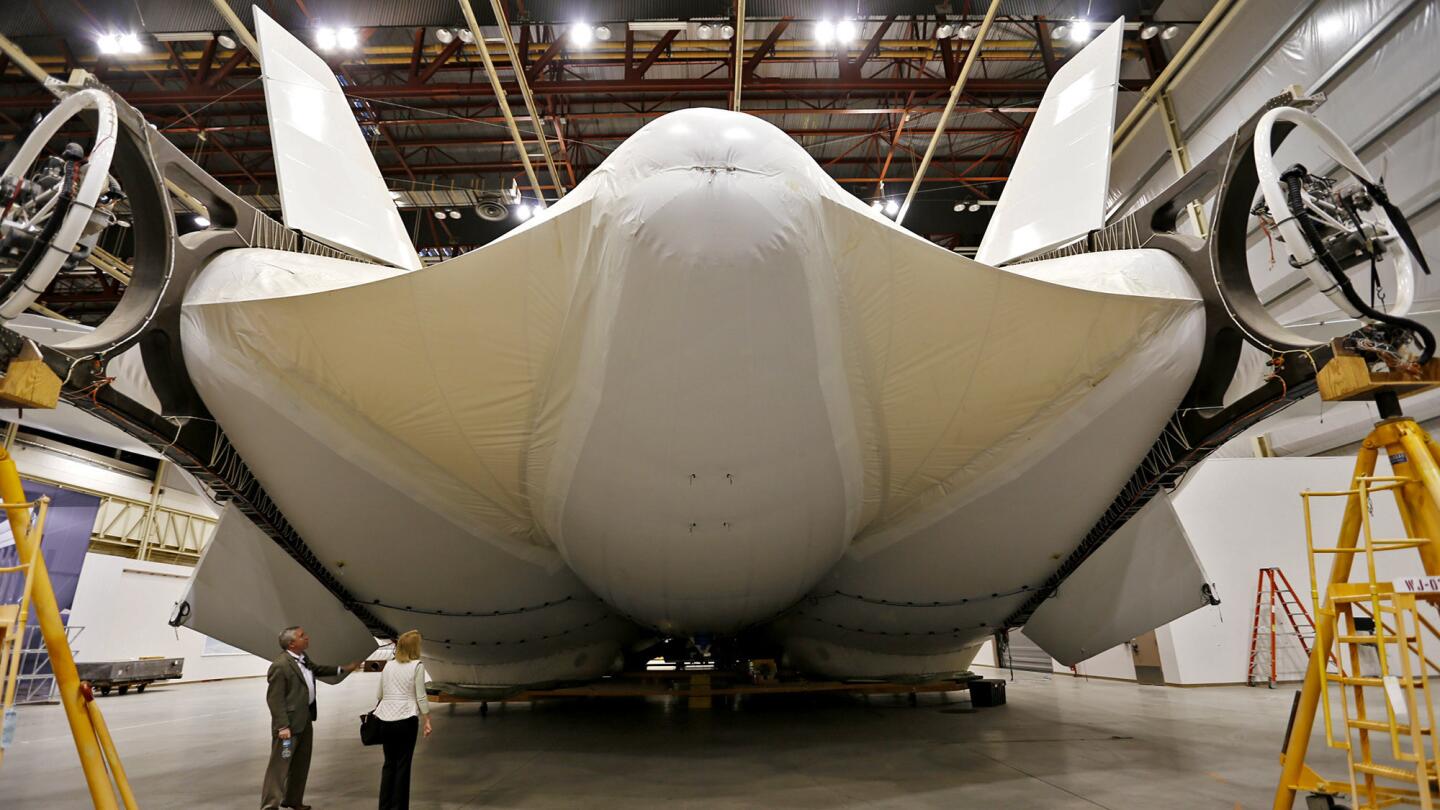
Lockheed Martin said its airship will be able to carry up to 47,000 pounds, 19 passengers and burn less fuel than conventional aircraft.
(Al Seib / Los Angeles Times)






